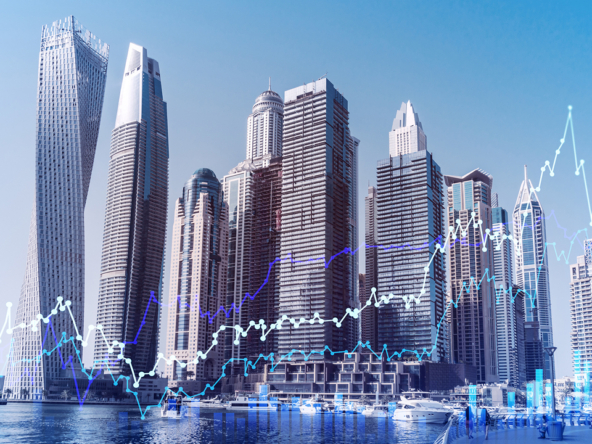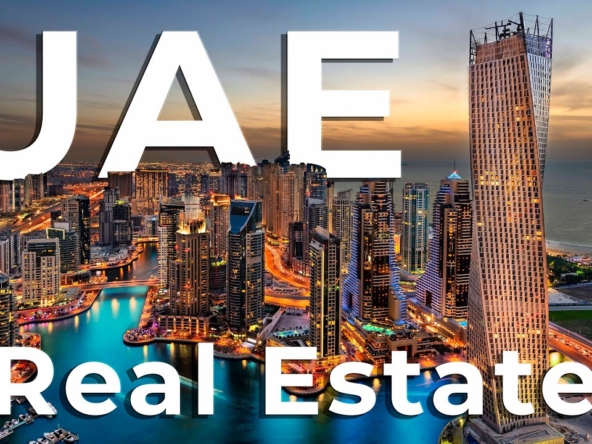Firas Al Msaddi, CEO of Fäm Properties, views Etihad Rail as more than a transport project—it’s the catalyst for a new wave of economic corridors, reshaping real estate value and unlocking fresh opportunities across the UAE.
According to Al Msaddi, the national rail network will redefine the UAE’s economic map by enhancing connectivity, slashing travel times, and fuelling genuine demand in emerging markets.
“When Sheikh Mohammed took the Etihad Rail from Dubai to Fujairah, it wasn’t just a photo opportunity—it marked the dawn of a new real estate era,” he said. “This is a once-in-a-generation infrastructure shift that will change how value is created and captured across the Emirates.”
He emphasises that the impact goes far beyond transportation. “It’s about speed, interconnectivity, and productivity. Compressing space and time reduces opportunity costs—and that’s where the real value emerges.”
For Al Msaddi, Etihad Rail represents an economic reset: shifting demand patterns, removing bottlenecks, and opening entirely new corridors for living, trade, and investment.
“Each emirate has its own strengths, but the high cost of movement—whether for people, goods, or capital—has been a barrier,” he explained. “When travel times between cities drop from two hours to 50 minutes, it changes where people choose to live, work, and invest. Fujairah becomes the UAE’s eastern gateway, Al Ain a realistic base for remote professionals—all redefining land values based on accessibility rather than distance.”
Drawing parallels to Japan’s bullet train between Tokyo and Osaka, which drove land value increases of over 40% and a housing demand surge of more than 60% in cities like Nagoya, Al Msaddi notes the UAE has an advantage: it’s building the world’s most advanced, tech-enabled rail system from scratch.
He also highlights its impact on commerce and logistics. “Faster travel means more meetings, more deals, more output. A salesperson in Sharjah can close in Abu Dhabi and Dubai without losing six hours to traffic. Multiply that across industries and you get measurable GDP growth.”
The ripple effect, he predicts, will drive price growth in tier-2 cities like Fujairah, Al Dhaid, and Ruwais. “Transit-oriented hubs will rise near stations such as University City in Sharjah and Sakamkam in Fujairah. Second-home markets will also shift—weekend beach homes in Fujairah become viable when they’re under an hour away.”
His advice to investors is clear: “Don’t price real estate by maps—price it by travel time. The people who study station locations like they once studied masterplans will be the ones building generational wealth.”




